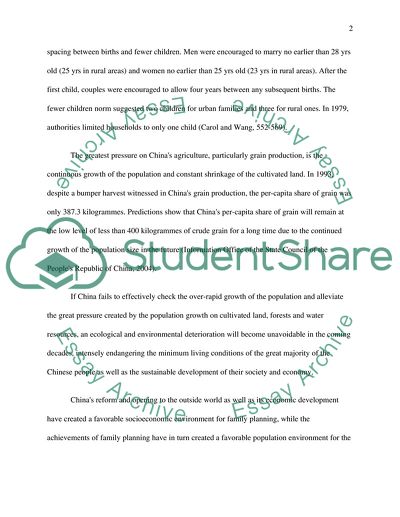Cite this document
(“Economic Effects of Birth Control Technology in China Essay”, n.d.)
Economic Effects of Birth Control Technology in China Essay. Retrieved from https://studentshare.org/macro-microeconomics/1537899-economic-effects-of-birth-control-technology-in-china
Economic Effects of Birth Control Technology in China Essay. Retrieved from https://studentshare.org/macro-microeconomics/1537899-economic-effects-of-birth-control-technology-in-china
(Economic Effects of Birth Control Technology in China Essay)
Economic Effects of Birth Control Technology in China Essay. https://studentshare.org/macro-microeconomics/1537899-economic-effects-of-birth-control-technology-in-china.
Economic Effects of Birth Control Technology in China Essay. https://studentshare.org/macro-microeconomics/1537899-economic-effects-of-birth-control-technology-in-china.
“Economic Effects of Birth Control Technology in China Essay”, n.d. https://studentshare.org/macro-microeconomics/1537899-economic-effects-of-birth-control-technology-in-china.


